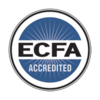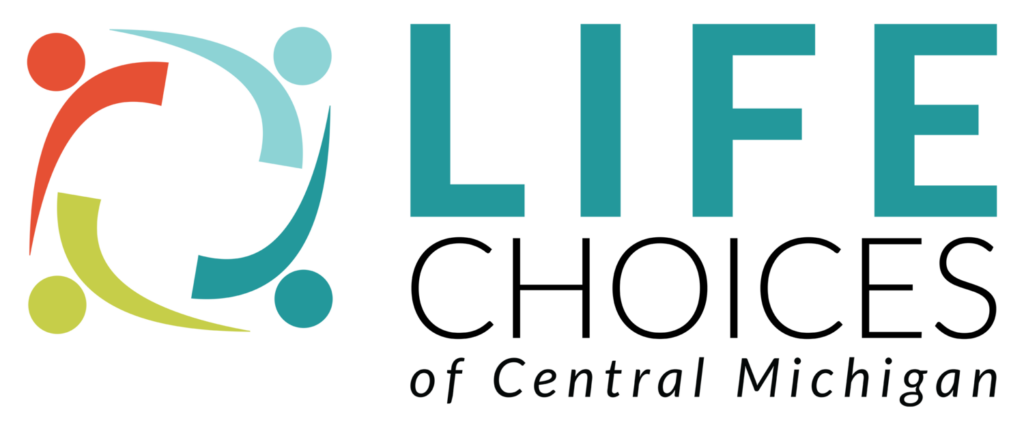Build the life you want for tomorrow, by making good choices today.
All Of Our Services Are Free
Of Charge & Confidential.

The Life Choices Medical clinic offers limited sexual health services from staff nurses under our
medical director’s oversight. Confirming pregnancy, conversations around pregnancy options,
STD screening and limited STD treatment are all available free of charge

The Empower Life Parenting Programs are available for anyone who is caring for a child three
or younger. We are encouraging people in their role as parents as they build their knowledge
and earn practical resources through our Baby Boutique.

Your sexual health is important! Let the Life Choices medical clinic and Sexual Risk Avoidance
program empower you with the knowledge you need to make informed decisions.
YOUR LIFE, YOUR HEALTH, YOUR PRIVACY AND YOUR WELL–BEING ARE OUR BIGGEST CONCERNS. OUR GOAL IS TO SERVE YOU WITH COMPASSION, LISTEN TO YOUR CONCERNS AND PROVIDE YOU WITH ACCURATE INFORMATION.
1985 Parkland Drive Mt. Pleasant, MI 48858
Phone: (989) 773-6008
Text: (989) 527-0826
Monday 8:00 to 4:00
Tuesday 8:00 to 4:00
Wednesday 8:00 to 5:00
Thursday 8:00 to 4:00




At Life Choices, we provide a safe environment with a warm, comfortable setting where privacy and confidentiality are a top priority. Our compassionate staff are dedicated to providing an excellent quality of care and peace of mind. We take pride in offering a complete holistic approach that focuses not only on your physical concerns but also on your heart, mind, and spirit as well. All of our services are available at no cost to you because we are a 501c3, tax-exempt non-profit organization. We do not perform or refer for abortions, therefore, Life Choices receives no financial gain from your decision. There are local individuals, foundations, and organizations that help cover these costs because they believe in helping our community.
AN AFFILIATE PARTNER AGENCY OF UNITED WAY GRATIOT & ISABELLA COUNTIES. A MEMBER OF CARE NET, HEARTBEAT INTERNATIONAL AND THE NATIONAL INSTITUTE OF FAMILY & LIFE ADVOCATES. ACCREDITED BY THE ECFA.
